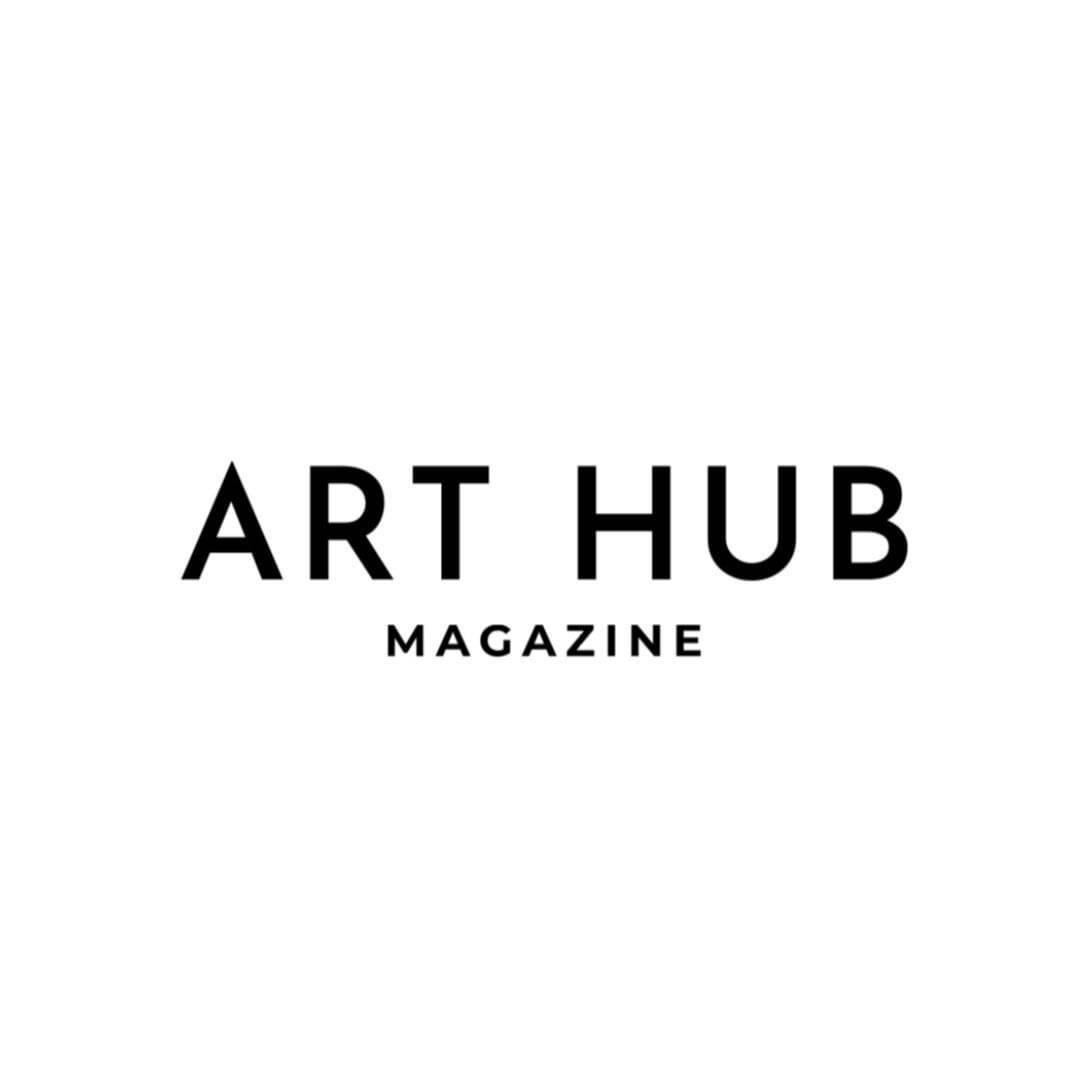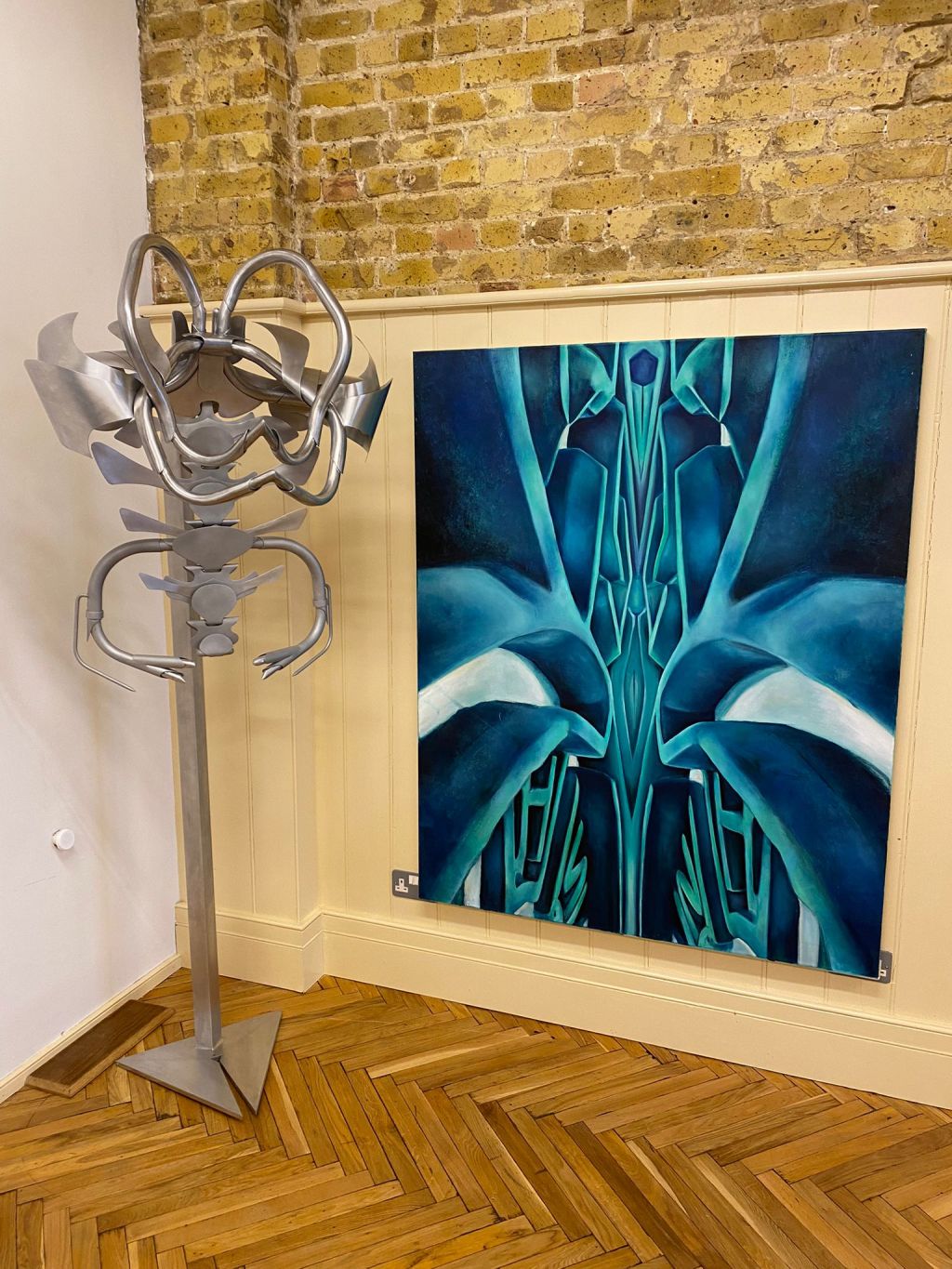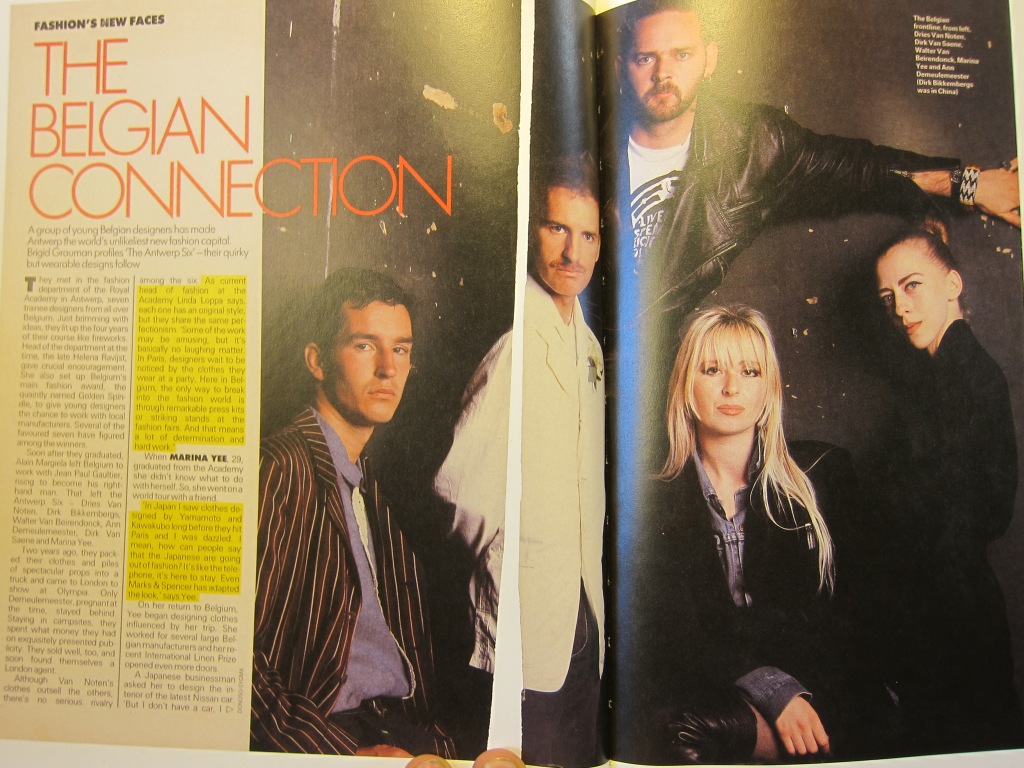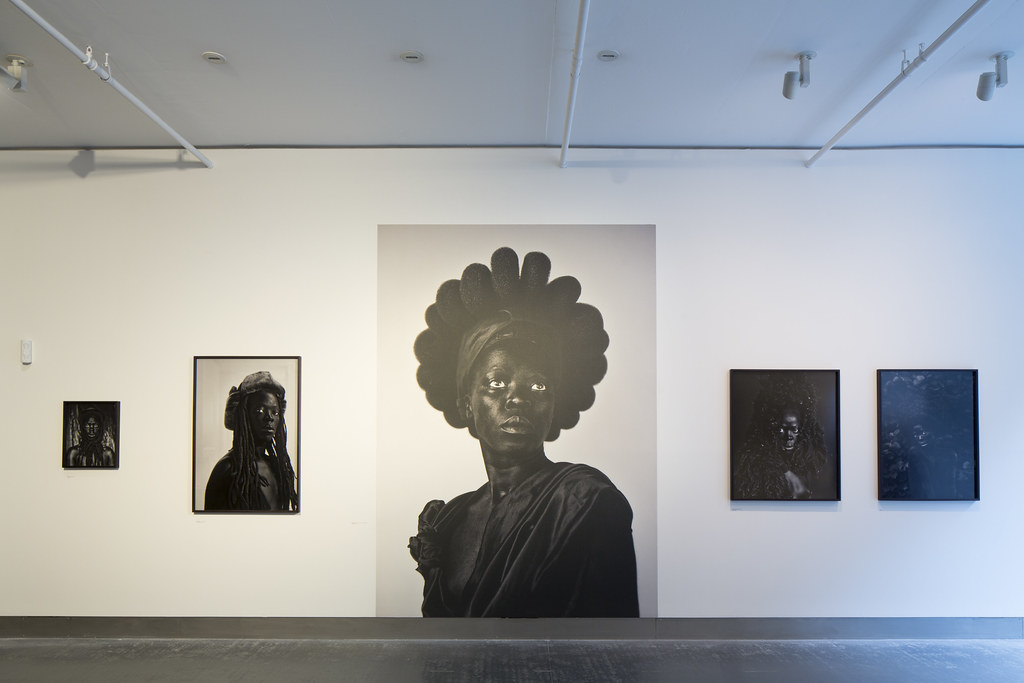Mustafa Özel is a Turkish Postwar & Contemporary artist born in 1961. Graduated from Marmara University, Fine Arts Department in 1984 in Istanbul. He opened his own atelier in the same year. Between 2001-2004 he worked with Galerie Bernard Desroches in Montreal, Canada.
Your artistic journey began with graduating from Marmara’s University Fine Arts Department in Istanbul in 1984. How has your education influenced the evolution of your artistic style and approach over the years?
I live in a country where sociological transformations change almost every decade. I started my education at Marmara University in the ’80s following a military coup. Unfortunately, we never had the opportunity to work with live models during this period. I think I produced socially realistic works influenced by the spirit of that era during my student years.
Opening your own atelier in the same year as your graduation is a significant step. Can you share some insights from the early years of establishing and working in your own studio, and how it shaped your artistic practice?
I opened my studio in 1984. I tried to create works that questioned the human existential space. I initially faced difficulties in finding models, but over time, I resolved this issue. Until I went to Montreal in 2001, a melancholic feeling dominated the works I created.
Between 2001-2004, you collaborated with Galerie Bernard Desroches in Montreal, Canada. How did this international experience impact your artistic perspective and the reception of your work on a global scale?
In fact, during my trip to London in 1998, I saw enough examples of art history and contemporary art. This process created a driving force within me, and I became more aware of myself. I focused more on technical analyses. I emphasized the enrichment of my palette because the unlimited range of colors and discipline are essential aspects of my work. The period in Montreal and at Galerie Bernard Desroches was a time when I worked with a concentration that was above my normal level technically. The three-dimensional effect and depth in my paintings increased during this period. Although I was in another country, I always produced the figure in my paintings in universal patterns. In other words, the reflection of vital human reactions did not change in my paintings. The perception of my art in the world was not sufficient during this period. It was more in the later years that the development of social media brought me more into the spotlight.
Your works are prominently featured in significant collections in Turkey, and you’ve sold many artworks abroad. How do you feel about the international recognition of your art, and how does it influence your artistic goals and motivations?
Yes, over time, my paintings have been sold to national and international collections. However, it’s not something to be overly emphasized. Of course, persistently creating and selling paintings somehow has its rewards in terms of making a living or behaving professionally.
Participating in national and international group exhibitions, including Sotheby’s Contemporary Art Turkish, is an impressive accomplishment. How do these experiences contribute to your growth as an artist and the development of your artistic narrative?
My works have been featured at Sotheby’s twice. I understand the significance of being included here. We can say it serves as a kind of production motivation.
In your paintings, you convey a range of human emotions, such as pain, joy, resistance, and happiness, through depictions of human bodies and portraits. Can you elaborate on your choice of subjects and the emotions you aim to evoke in your audience through your art?
Actually, the artist’s own character determines the produced works. In the artistic journey of creation, painting demands elements such as color, tone, composition, value, and the like. These contribute to the emergence of artistic quality. Content is secondary but reveals the artist’s aura. In series like “Games of Life” or “Body in Space,” forms of expression include human relationships and individual reflexes towards life. Due to the naturalness of these contents, I believe people find it easier to relate to my paintings. I frequently create portraits, sometimes as exercises. However, I can’t work on everyone’s face. I prefer faces that will ignite excitement and create a desire to work.
Your portraits are described as having a sense of continuity and life experience rather than instant statements. How do you approach the process of capturing the essence of your subjects and infusing your paintings with a sense of lived experience?
Yes, the representation of a moment is not sufficient for me. It’s a superficial impact for portraits. However, I believe the traces of everyone’s life should somehow emerge on their faces. When the model poses, I initially make some colorful, linear brushstrokes. This is done to shift the model’s expression from posing and, after a while, returning to their true self. Then, my work is a process of going beyond the moment.
Could you share some insights from your artistic process? From conceptualization to execution, how do you bring your ideas to life on the canvas?
By minimizing the space and often not using it at all, I explore how to position figures or the figure in the painting. The time it takes to capture the desired pose becomes tense for me. Afterward, I contemplate how the figure or figures will be placed in the composition, considering issues of emptiness and fullness. Then, I create sketches primarily for tonal distribution and color preferences. Following this process, I start working on the canvas. However, this preliminary preparation is not sufficient for the artistic idea to emerge in the painting. Taking risks is essential for me during the process. Risk enhances energy. Otherwise, it would only result in a skillful painting, which is more related to craftsmanship than art.
And last question, can you walk us through a typical day in your artistic practice?
I usually wake up around 7-8. After breakfast, I start working around 10-11. Since I work on a different painting every day, once I mentally align with the artwork for that day, it’s like saying, “Action!” The working process typically ends around 18 in the evening. Sometimes, I also work at night. In the past, back in the ’90s, I used to work exclusively at night.





